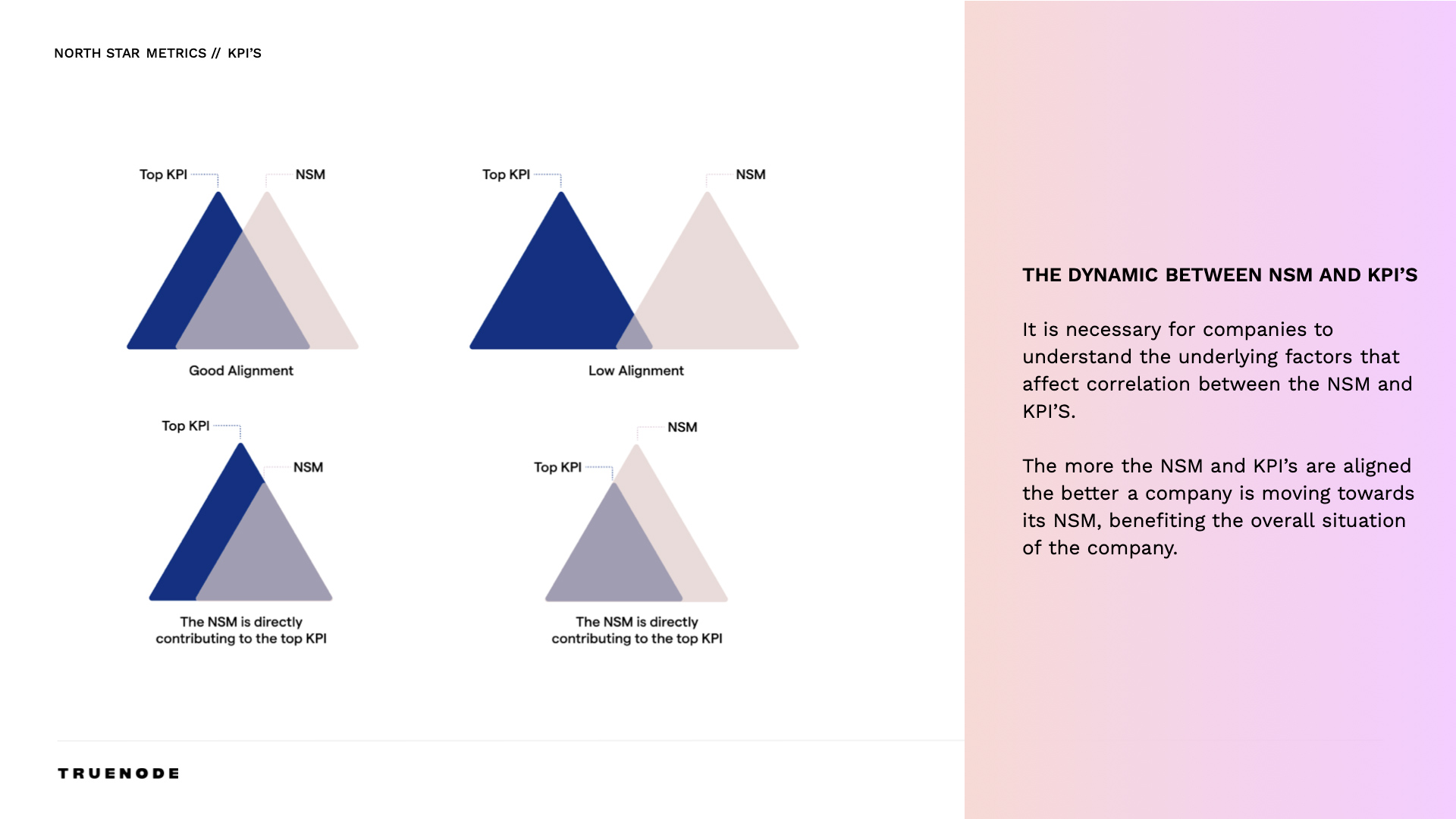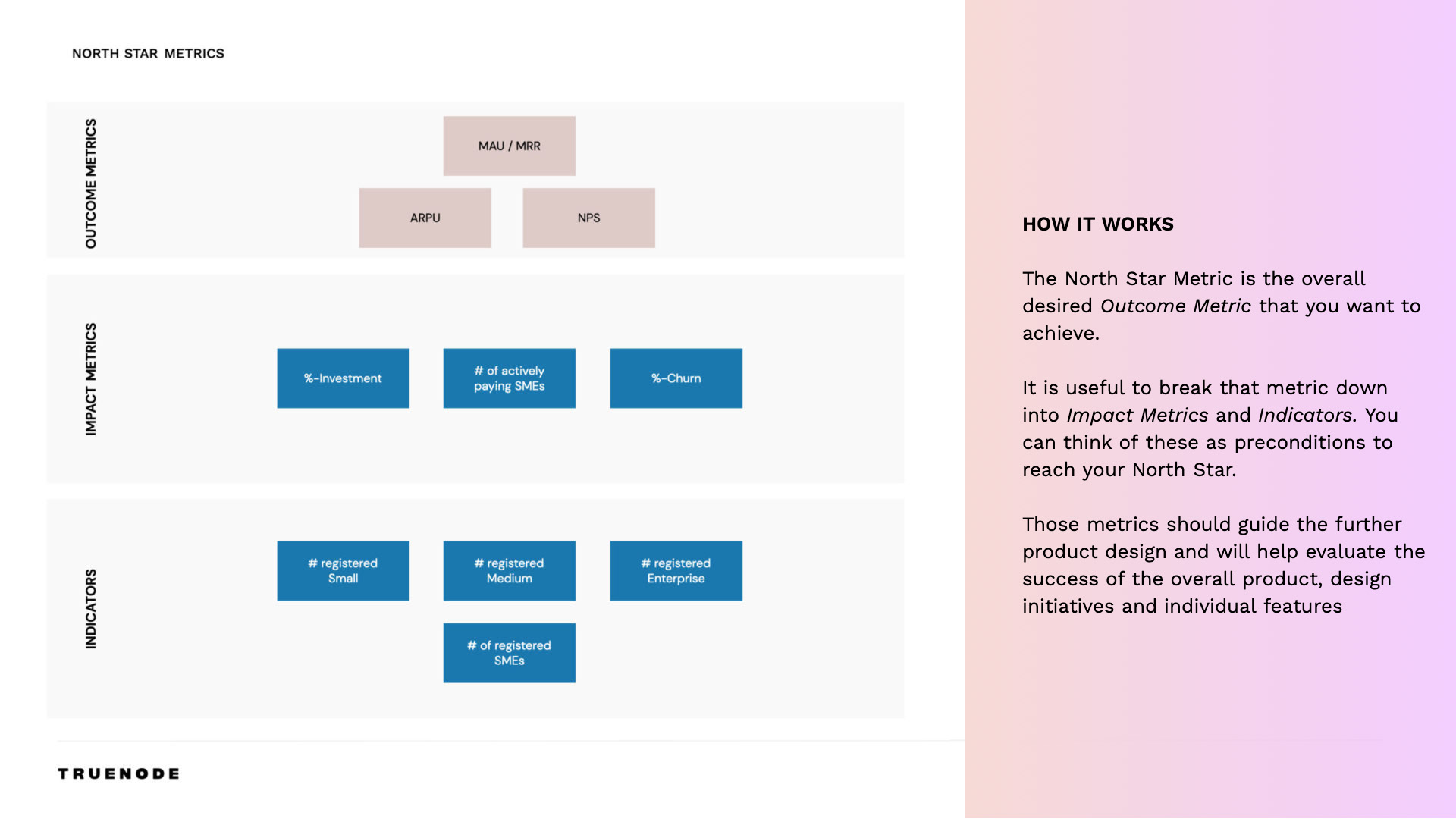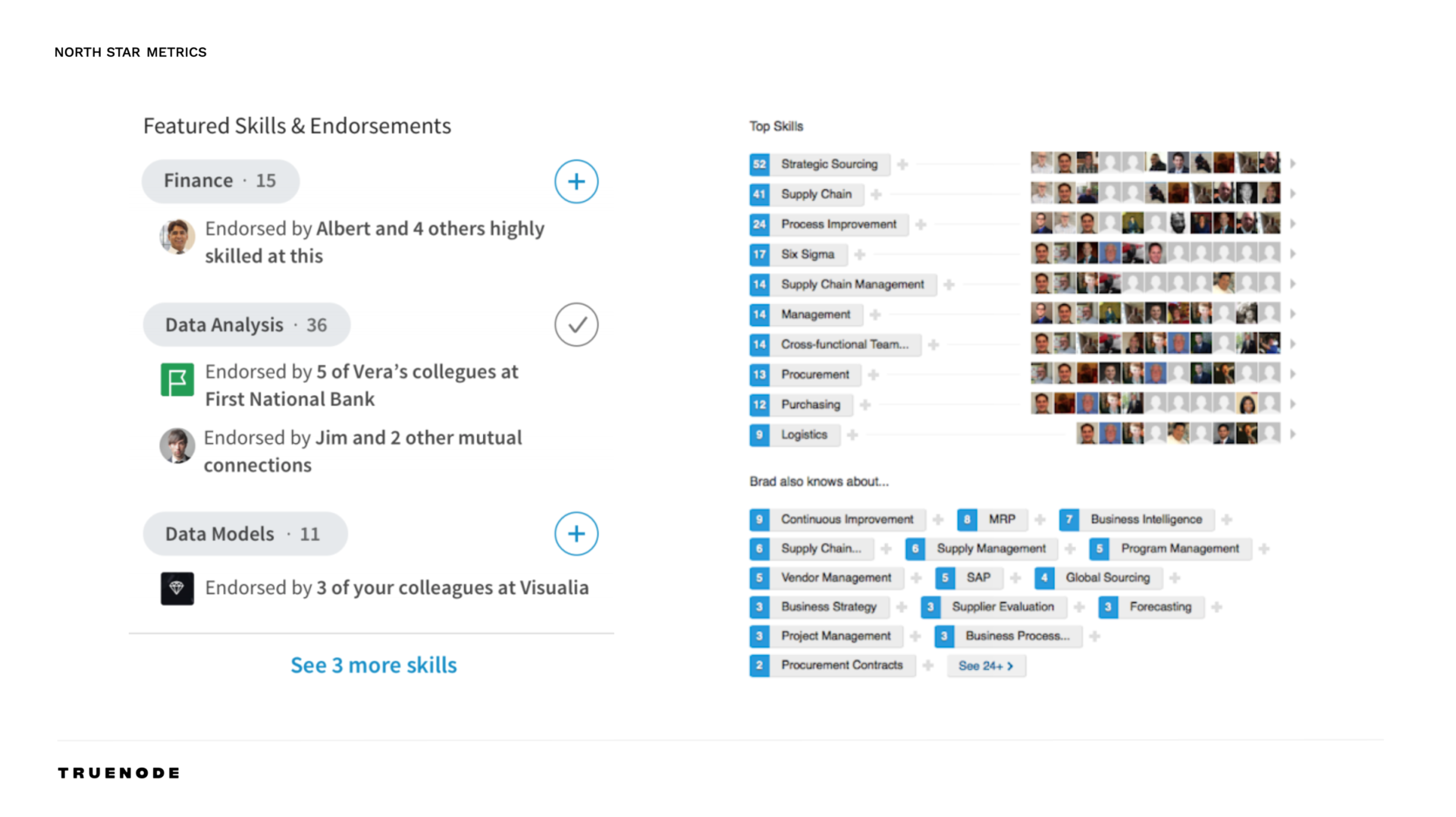Article

Polaris Power – How The North Star Metric Enhances Value Delivery
From Seafarers to Entrepreneurs
When humans are lost and without orientation, a look at the night sky can sometimes offer guidance. It might be through the mystical starlight that answers your deepest questions, or it might provide actual guidance, by allowing you to navigate and orient yourself in the darkness. Polaris, also known as the North Star, was commonly used by seafarers for discovering the oceans. Nowadays, a new “North Star” takes this role and is helping entrepreneurs, who are trying to figure out a direction for their business.
Modern business is data-driven. Inputs and outputs are measured and quantified. But what exactly is measured? There are two main streams: value delivery and value capture. Value capture measures are often known as KPIs and include revenue, net sales and so on. However, value capture is arguably the less important stream. Excellent and consistent value delivery makes acquiring and retaining customers easier, while also increasing their willingness to pay. So if a business centers around one metric, it should be one that measures value delivery.
The North Star Metric
The NSM describes the aggregate value footprint of a company. It is crucial to pick a metric that describes what you want to deliver. Think of WhatsApp. As a messenger application, it lets people send messages to each other, thus “messages sent” is a fitting NSM that measures delivered value. The NSM can guide your operations and help give every task a purpose. If well-aligned with your business, all operations rotate around your NSM, like all the northern stars are rotating around Polaris. In terms of WhatsApp, this would entail that all operations should lead to an increase in messages sent.
Other well-known North Star Metric examples include:
Miro – ‘Number of collaborative boards’
Spotify – ‘Time spent listening‘
Airbnb – ‘Booked night‘
Slack – ‘Daily active users‘
Quora – ‘Number of answers to questions’
As a key measure of success for the product teams, NSM serves as a guiding light for creating long-term value in the product roadmapping.
NSM and KPI – Colleagues or Competitors?
In healthy companies, NSM and KPI are highly correlated. They can work in favor of each other. Only focusing on KPIs might cause unsustainable growth, e.g. by excessively targeting sales. To understand how NSM and KPIs are correlated, both have to be deconstructed to underlying metrics and tasks. The bigger the identified overlap, the higher the correlation of both. Yet, if you align your company around one metric only, choose the North Star.

Applying NSM – Learning from LinkedIn
LinkedIn Users: 430m.
Endorsements per week: 43m.
Are those really valuable endorsements? – Just like a whole company can have its North Star, single teams and even products can have one. When LinkedIn introduced its endorsement feature, the aim was to provide peer-reviewed skills for better judgment. The NSM at launch was “total endorsements given”. Causing a spike in endorsements, people liked to use the product, resulting in a flood of endorsements. Everybody endorsed anything in the hope of receiving one in return. Endorsements became a collectible or a social favor, rather than an actual peer-reviewed recommendation.
The initial NSM encouraged LinkedIn to nudge its users into endorsing. The skills of the endorser were disregarded. Unskilled users were prompted to endorse others. With every new endorsement, the value of an endorsement declined. The solution? A new North Star, called “Quality Endorsements”. An endorsement is considered quality if the providing user knows the receiver and the skill. This aligns with the purpose of the product. Operations changed. Total endorsements shown were replaced by total quality endorsements. Only skilled users were prompted to provide an endorsement. Resulting, the number of quality endorsements increased by 5% in less than a year.

How LinkedIn found a better NSM?
Albert Chen and Xin Fu worked on the quality endorsement metric. They found that only using count-metrics can harm user experience, as seen in the endorsement tool. Qualitative information has to be incorporated. Thus, data collection should not only include e.g. weblog data, but also surveys of users. Based on this data, predictive signals are identified and analysed with the help of machine learning. Results can show multiple metrics. Which metric ultimately is selected, depends on your product intuition.
How to find a North Star metric for your product?
You should start by asking two questions:
What value do we want to provide? And how do we measure it best?
Instead of aiming for an NSM that is easy to count, incorporate qualitative information and intuition to choose a metric that best fits your business. It is highly important that the entire team / organization involved understands the NSM and is able to contribute to it.
If you are working on a new growth strategy and have questions about the north star metric or how to build your product team, don’t hesitate to contact us.






